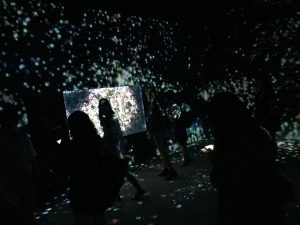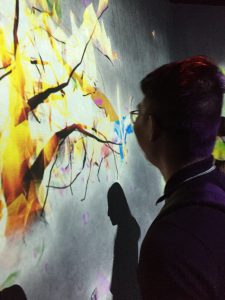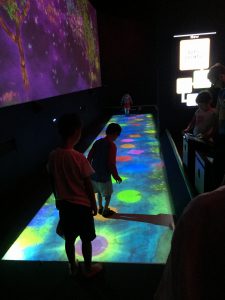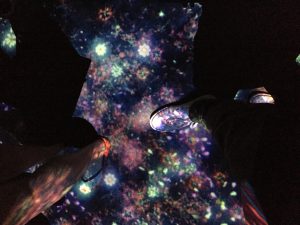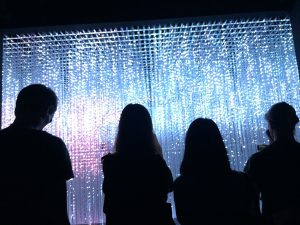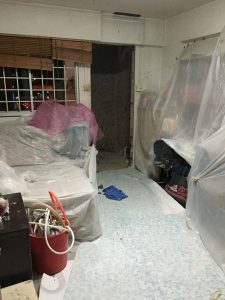Part 1: Write a response to the exhibition “Future World”. Keep in mind the following questions – What is experience design and what are the possibilities of responsive environments? How might this change the way we think about the world around us and the ways that we communicate with each other?
The visit to the “Future World” was nothing short of awesome. Having already seen a lot of Instagram updates and heard experiences field trips last semester from my peers, I was really looking forward to the visit.
The dark hallway throughout the exhibition gave off a really mysterious vibe, as of the interesting surround sound of soothing musics and effects, which really enhanced the atmosphere of the exhibition.
The first exhibit of blooming flowers that we were led into by the guide seemed really dull at first. Initially I had thought it was a mere 4D installation. Only through explanations by the guide was I really taken away by the really subtle haptic functions! The act of petals wilting and butterflies dying through touch really amazed me so much that it left me quite a big impression, and is one of my favourites of the exhibition. This idea of subtlety is really interesting and incredible as I got to experience first hand the marvel of experience design and responsive environment. Another exhibit that amazed me was the use of technology and 4d installations to create an immersive playground, and I see a lot of genuinely happy kids playing around with the installations (especially the hopscotch installation).
The very experience of touching the interactive screen and to look at the response of how it transform is nothing new today due to the influx of our daily usages of touch-screens devices. However, the added aspect of scale and space made the experience into a different kind of amazing. The idea of 4d really transcend the whole experience into another world, of which I almost felt like I have traveled into another space.
This experience made me think of the unlimited possibilities of experience design. And how much such technology will be able to increase value in our lives in the near future. For instance, the immersive experience of simulations in a totally different setting, or even an augmented reality gaming experience! Another possibility is the new experience of video call, whereby through 4d interaction design, can allow long distance communication to feel so much closer.
Part 2: Start to work on final project proposals – prepare three ideas for a screen-based experience that you’d like to create (it can be speculative). Prepare a slide show to illustrate your ideas. The ideas can be based on any of the field trips done so far or can be something completely new.
1. Ghost Finder Game
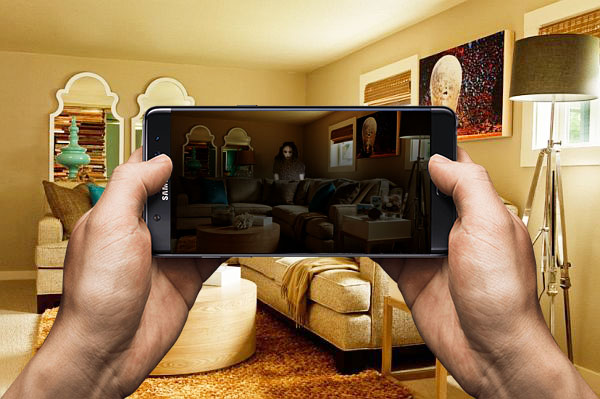 In light of the upcoming Halloween theme, a screen based game application that captures your surrounding and changes it to a horror game where you need to find the ghost.
In light of the upcoming Halloween theme, a screen based game application that captures your surrounding and changes it to a horror game where you need to find the ghost.
2. Live Advertisement
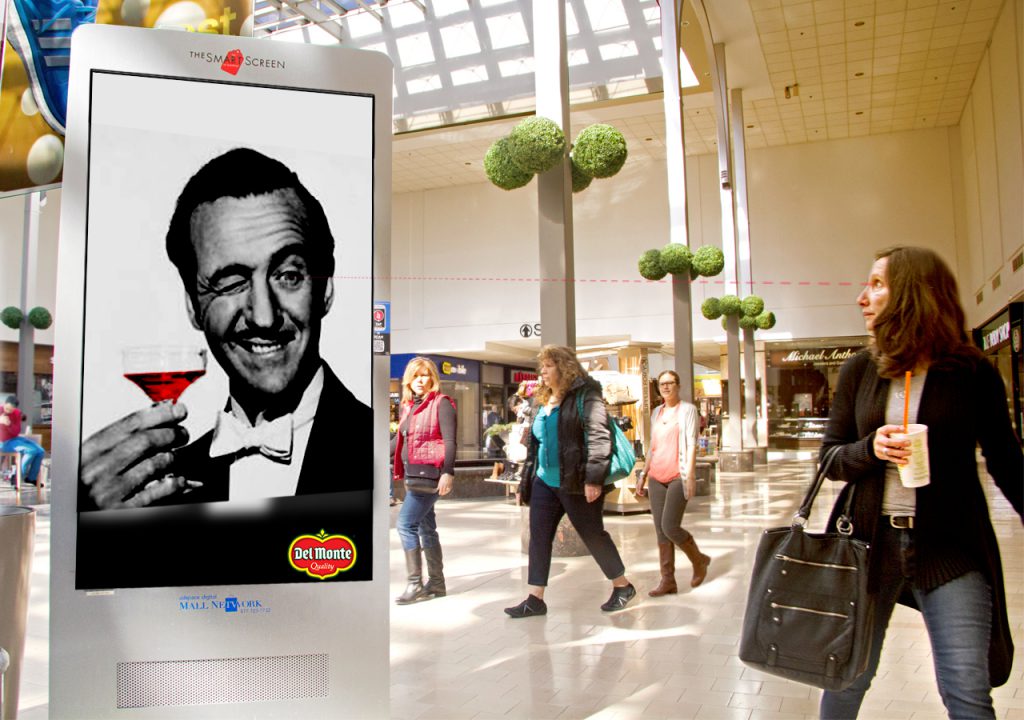 A screen based advertisement board that reacts to passers-by.
A screen based advertisement board that reacts to passers-by.
3. Live Musical Box
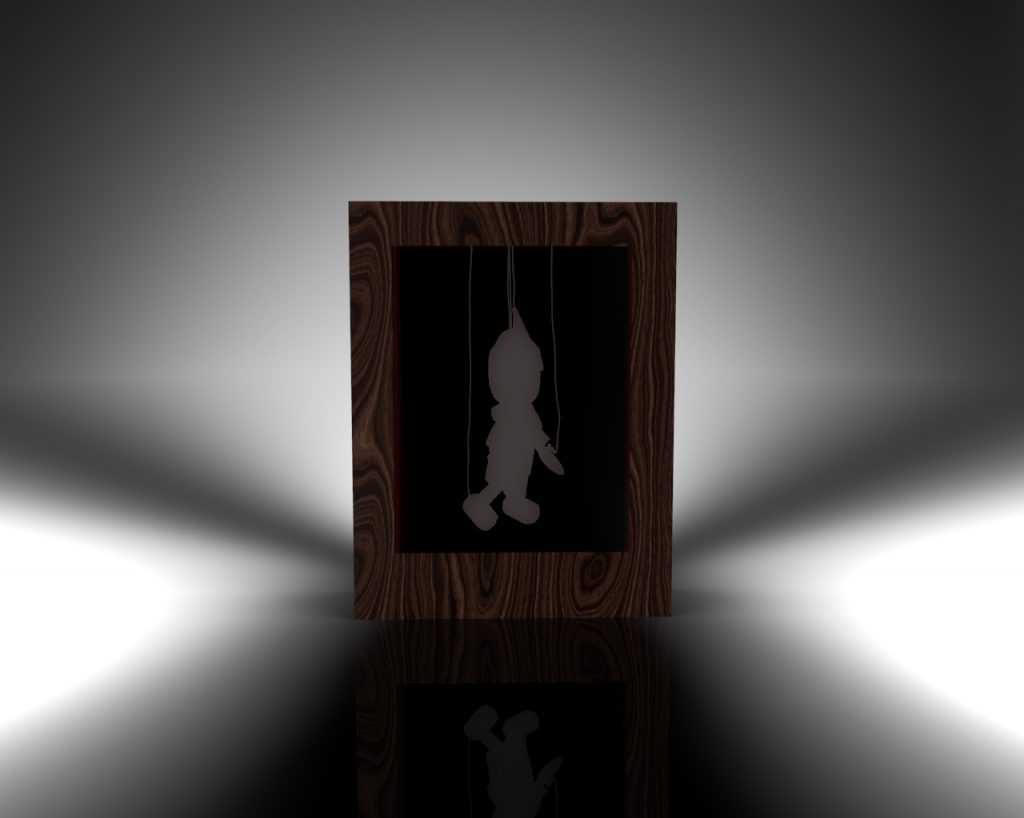
 Inspired by the art performace of Wayang Kulit. A screen based jukebox that performs while the music is played as a performance in the form of a string puppet.
Inspired by the art performace of Wayang Kulit. A screen based jukebox that performs while the music is played as a performance in the form of a string puppet.
Part 3: Find 3 examples of a product/project that you think are good examples of thoughtfully designed user experience. Be prepared to support your choices.
1. Lifestraw.
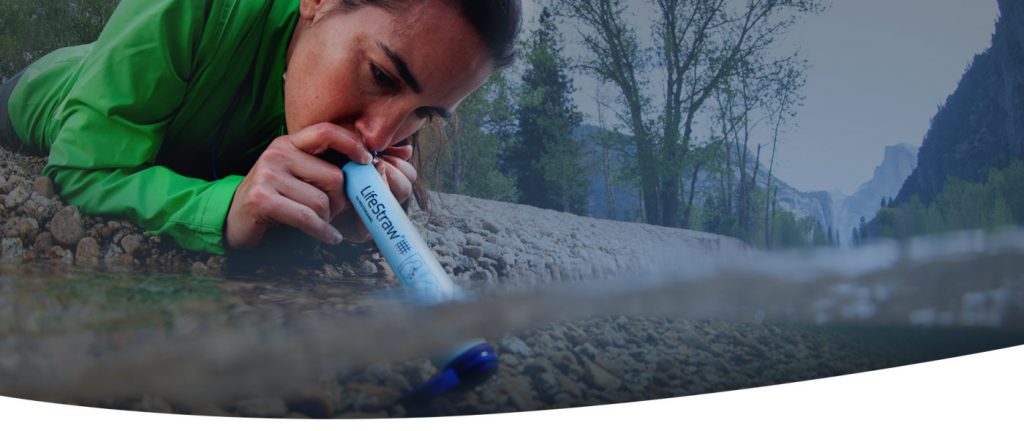

2. Drone.
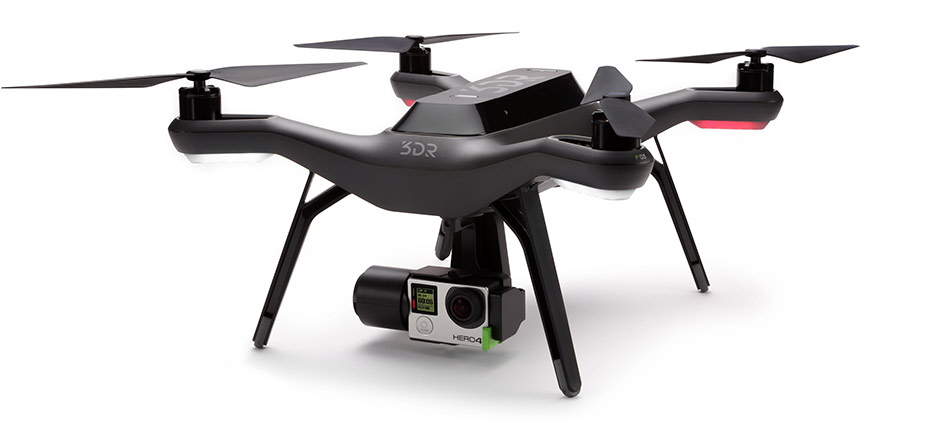
3. Gorenje by Starck.
http://www.designboom.com/design/phillipe-starck-collection-gorenje-09-08-2016/
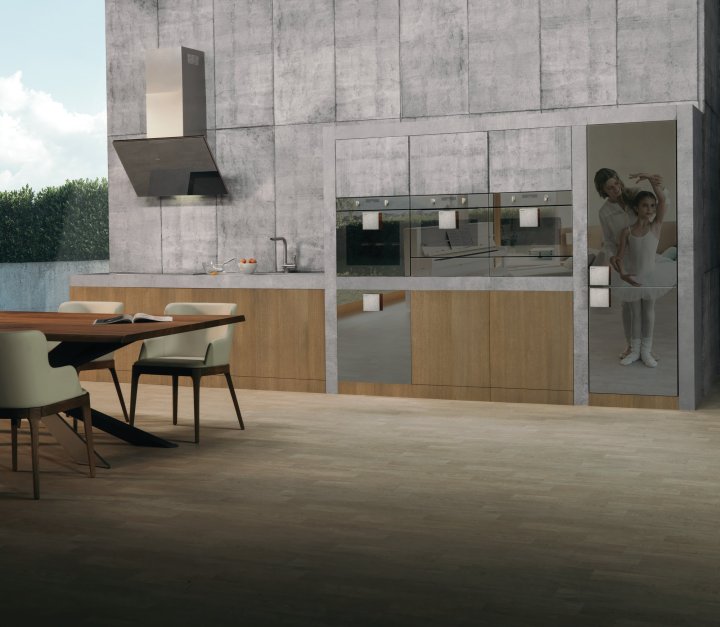
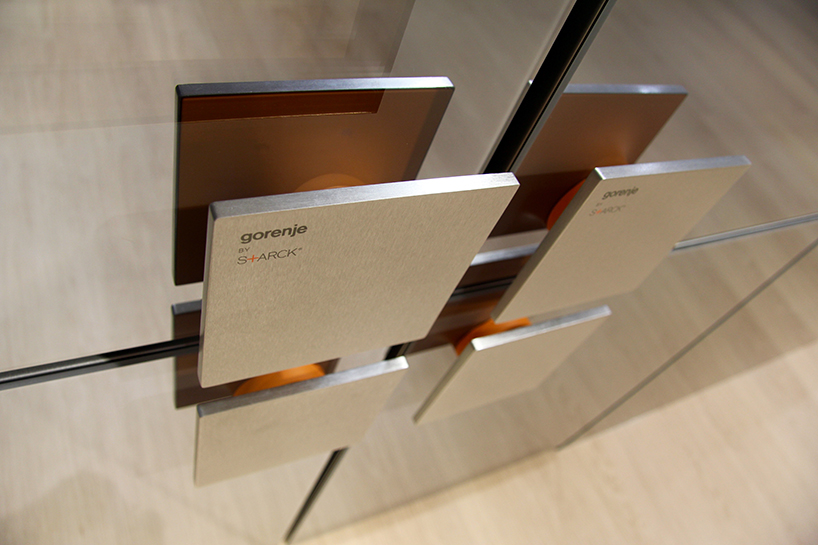
Part 4, Reading: CH01_Digital_Age_Goodwin.pdf
Even though the chapter talks about ‘Goal directed design’ for interactive design, the methods and processes mentioned in the chapter is really effective for all kinds of designs and for designers to follow through.
The principles for ‘Goal directed design’ is pretty rigid, but fairly broad in the sense that the framework acts only as a general guideline that is helpful. I feel that the first 2 steps mentioned are really essential in finding the right design direction. In ‘design planning’ and ‘research’, the designer is able to formulate a direction to act upon through ethnographic research.
One constant that I found in the ‘Goal directed design’ principles, that coincide with other design thinking strategies is the role of question. Questioning people about a problem, questioning with fellow designers, and questioning oneself. This is because the design process is one which involves the designer to create something for someone. In that sense, the designer has the power, in him being the ‘master creator’. One questioning strategy is the ‘play-acting’ approach mentioned in the chapter. I think one important question I always ask myself when ideating an idea is whether I would use the finalised design myself, or not? Therefore the ‘play-acting’ approach in ‘questioning’ is a really important and essential.
One takeaway from the chapter is the quote, “What designers must excel at is looking at a blank surface and filling it with believable representations of an end product, so that other people can see, understand and eventually build it.”(chapter 1, page3). This shows the potential of a design process, that the current solution may not be final, but can be built upon.
